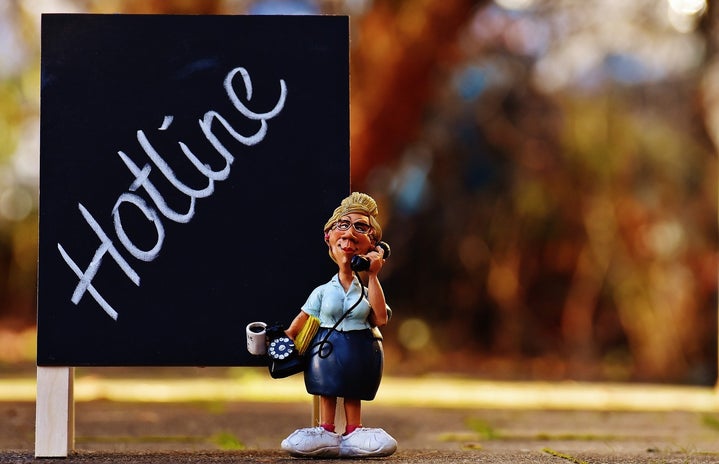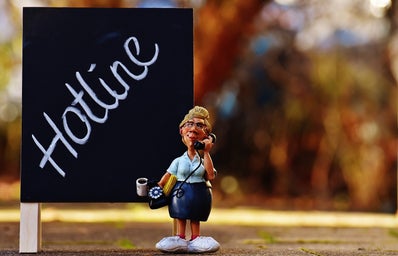At some point in your school career you’re going to have to give a presentation, if you haven’t already. Presenting is a daunting task for most people, but by employing a few preparation techniques you’ll be ready in no time! I selected these techniques based on my experiences as both a student and a performer, so I hope you are able to find other aspects of your life besides school to apply them to as well!
Start Early
A presentation is not the type of assignment you want to put off until the last minute. Starting early, even if you’re just initially throwing around ideas, will result in the best presentation in terms of content and aesthetic appearance.
Work Each Day
Just as important as starting early is making sure you make progress each and every day. Even if it’s something small, like changing a word or formatting a slide, a little effort each day will quickly add up to big results!
Use the Right Tools
Unless you’re specifically told how to go about creating your presentation, don’t be afraid to get creative! PowerPoint is a great resource, but there are also other options (such as Prezi) available that have their own set of styles and special effects. You might also want to consider using a poster board, or creating some sort of supplemental content to your presentation that you can pass out to the class.
When it comes to actually presenting, don’t look at the computer screen and read off of your visuals. Instead, write down key points on a piece of paper or notecards to jog your memory as you speak. This will help keep your audience focused and engaged as you provide them with information, as opposed to just reading off of slides that are already there for them to read themselves.
Practice Correctly
In music classes, I was given advice that has always stayed with me: practice makes permanent. If you run through your presentation each time as if it is the “real deal,” you’ll be far less nervous later.
Additionally, try to see yourself presenting as people see you. Keep your posture in mind, as well as try to keep in check any distracting habits you may have. Rocking back and forth, or saying filler words such as “like” or “um” can really drag down what would otherwise be an amazing presentation.
Employ Variety
Although it may be helpful to try to replicate the environment where you will be presenting, don’t allow yourself to fall into a pattern that will make it difficult to recover if you run into unexpected problems during your actual presentation. Get together different groups of friends to listen to your presentation, or even run through it with someone over the phone. Pets can also make for a great audience!
Make Good Use of the Night Before
The night before a presentation is arguably the most important. Pick out your clothes, make sure everything you need is good to go, and get a good night’s sleep.
I hope you found these suggestions helpful, and best of luck on your next presentation!


